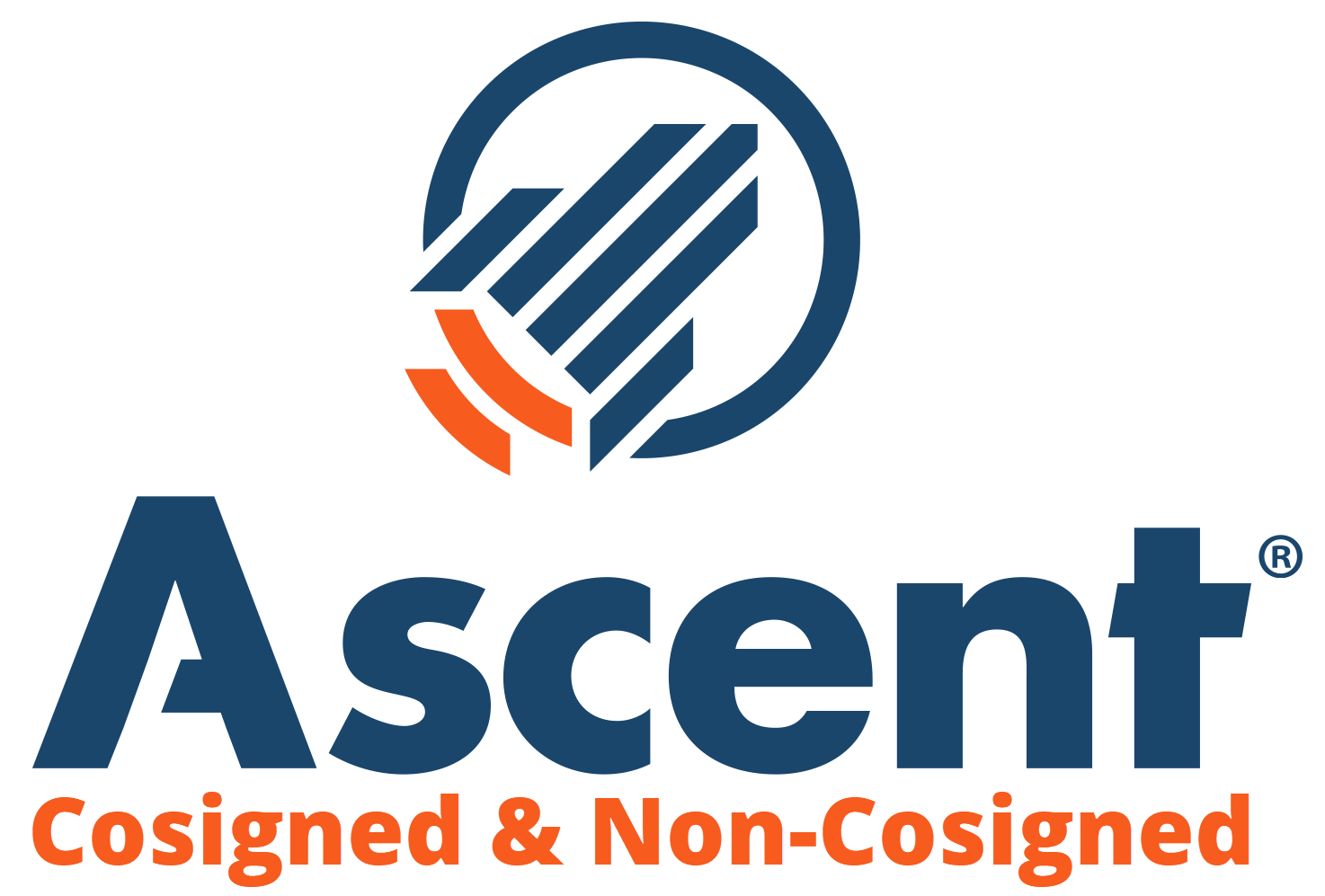The Free Application for Federal Student Aid, or FAFSA, is an application that all students planning to go to college should complete! So, how does FAFSA work? It’s designed to hand out federal student aid to students who need it most, but there are other benefits of completing the FAFSA – even if you think you won’t qualify for federal programs! Below, we’ll do a quick review of what the FAFSA is and dive into how it works, how you can make the most of your offer letter and more.

Flickr user 401(k) 2012
What is the FAFSA?
FAFSA stands for the “Free Application for Federal Student Aid” and is designed by the Department of Education in the United States. Here are some quick facts you need to know about applying:
- It is completely free to apply!
- If a student wants to apply for federal student aid, they need to complete their FAFSA.
- Most years, the FAFSA is available by October 1st for the following academic year.
- The FAFSA can be completed by the end of the award year. However, applying as soon as possible will give you the best chance of getting financial aid and colleges and scholarships often have much earlier FAFSA deadlines.
- You need to complete the FAFSA every year you’re in school. Even if you didn’t receive anything the previous year, you may become eligible for aid the next.
- Many colleges, universities, state grant programs, and scholarship programs use the FAFSA to hand out their own scholarships, grants, and financial aid programs.
- Even if you don’t qualify for federal aid programs, you might qualify for an award through your college, state, or other agency.
- Students who apply will receive offers of direct subsidized and unsubsidized federal student loans, but students are not required to take them out. Direct Subsidized Loans are only available to undergraduate students who have financial need.
- Students may also receive Pell Grants and access to work-study programs by completing their FAFSA.
How Do You Complete the FAFSA?
Students can complete the FAFSA online or by mail.
To complete the FAFSA online, students need to create an account on studentaid.gov. The website will then guide you through the process of completing the form. You and at least one of your parents will also need to create FSA IDs.
If you don’t want to or can’t complete it online, students can also print the FAFSA and submit the completed form to the address listed on the application.
What Information Does the FAFSA Need?
To complete your FAFSA, you will need:
- Your basic information such as name and address
- Your Social Security number and your parents’ Social Security numbers
- Your driver’s license (if you have one)
- Your Alien Registration number if you aren’t a United States citizen
- Federal tax information including:
- Tax documents
- Tax returns
- W-2 information
- IRS Form1040
- Foreign tax return or IRS Form 1040-NR
- Any records of untaxed income such as:
- Child support received
- Interest income
- Veterans noneducation benefits
- Information on cash, checking account balances, savings account balances, and investments
- A list of schools you’re planning to apply to
What Happens After You Complete Your FAFSA?
After completing your FAFSA, there is a week-long processing time. You will then receive a Student Aid Report, or SAR, by email. This will detail your Student Aid Index, or SAI – formerly known as the Expected Family Contribution (EFC) – and the list of schools you’re going to apply to.
However, the actual financial aid award letter usually does not come until March or April, with your college acceptance letters. This letter will detail information such as:
- The cost of attendance (COA)
- Grants and scholarships you’re being offered
- Federal loan offers
- Work-study program eligibility
- SAI
- Details on the next steps if you should decide to accept any of the offers
However, every school’s financial aid award letter is different. There’s no standardized version. Therefore, they can be confusing and sometimes it can be tough to determine which school is offering you the best detail. Utilizing a Financial Aid Comparison Tool can help you better understand and compare your offer letters.
10 FAFSA Terms to Know
A few different terms you should know when completing your FAFSA include:
- Student Aid Index (SAI). The Student Aid Index (SAI) is replacing the Expected Family Contribution (EFC) with the new FAFSA that is set to release for the 2024-2025 award year. The figure represents an estimate of how much a family is able to pay for college each year. It’s primary use is to calculate the amount of financial aid a student is eligible to receive, both from the federal government and from educational institutions. However, schools may only use this as a guideline and are not required to cover 100% of the difference between your cost of attendance and SAI.
- Work-Study Program. A work-study is a program through the college where the student agrees to work a set number of hours at the college in exchange for pay that can be put toward their education expenses. Spots are limited.
- Direct Subsidized Loan vs Direct Unsubsidized Loan. Federal aid offers come with loans known as direct subsidized loans and direct unsubsidized loans. Subsidized loans are only available to undergraduates who have financial need and do not charge interest while you’re in college. Unsubsidized loans are for undergraduates, graduates, and professional degree students, but start collecting interest immediately.
- Cost of Attendance (COA). The Cost of Attendance (COA) is the estimated total cost of attending a college including tuition, fees, room and board, books, supplies, travel expenses, and more.
- Demonstrated Need. Demonstrated need is the difference between your SAI and the total COA.
- Enrollment Status. Students can enroll in school part-time or full-time, and this is known as the enrollment status.
- Grant vs Scholarship vs Loan. Generally, grants are need-based awards and scholarships are merit-based. However, some organizations and agencies can use them interchangeably. Grants and scholarships, in most cases, do not have to be paid back as long as the terms are met. Loans, however, are borrowed money from an agency or organization and have to be paid back, usually with interest.
- Merit Aid vs Need-Based Aid. Merit aid is based on grades, academics, extracurricular activities, and other achievements. Need-based aid is based on financial need and demonstrated need.
- Net Price Calculator. A net price calculator is an online tool on colleges’ websites that gives you a personalized estimate of what families can expect to pay if they decide to attend that school after grants and scholarships are factored in.
- Student Aid Report (SAR). A Student Aid Report (SAR) is the email and document the Department of Education sends you after you complete your FAFSA and the application has been processed. It includes information such as the schools you plan on applying to and your SAI.
How Does FAFSA Work? Final Thoughts
Understanding how the FAFSA works can help you plan your financial future while you’re in college. It’s important to remember that even if you don’t think you qualify for anything or you didn’t receive any financial aid offers the previous years, you might be surprised! Things change every year, and you may become eligible for new programs.
Want to make better sense of how your FAFSA results work out within your financial aid award letter? Our Financial Aid Offer Comparison Tool helps you get to the bottom of the numbers so you can identify the best offers you’re receiving. Use it for free right here.
| Lender | Rates (APR) | Eligibility | |
|---|---|---|---|
 |
5.19% - 15.81%* Variable
3.99%-15.61%* Fixed |
Undergraduate and Graduate |
VISIT CITIZENS |
 |
4.79% - 14.96% Variable
3.49% - 15.49% Fixed |
Undergraduate and Graduate |
VISIT SALLIE MAE |
 |
4.38% - 17.99% Variable
3.39% - 17.99% Fixed |
Undergraduate and Graduate |
VISIT CREDIBLE |
 |
5.34% - 13.19% Variable
3.48% - 12.61% Fixed |
Undergraduate and Graduate |
VISIT LENDKEY |
 |
5.25% - 14.26% Variable
3.39% - 14.16% Fixed |
Undergraduate and Graduate |
VISIT ASCENT |
 |
3.70% - 8.75% Fixed |
Undergraduate and Graduate |
VISIT ISL |
 |
4.99% - 16.85% Variable
3.47% - 16.49% Fixed |
Undergraduate and Graduate |
VISIT EARNEST |
 |
5.00% - 13.97% Variable
3.69% - 14.22% Fixed |
Undergraduate and Graduate |
VISIT ELFI |






